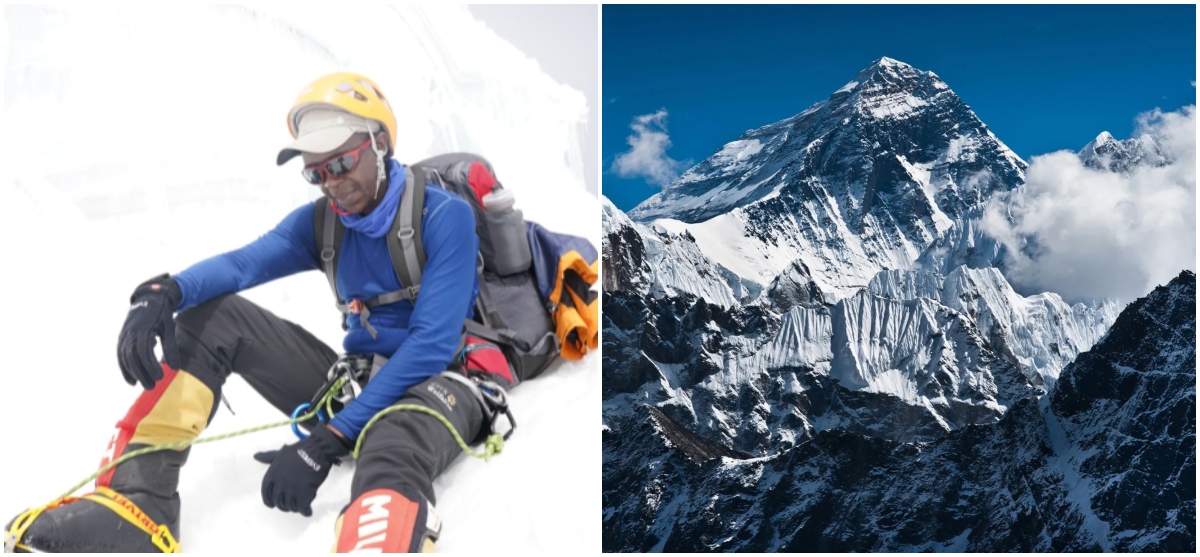
Cheruiyot Kirui, the Kenyan climber who lost his life while bravely attempting to conquer Mt Everest without supplemental oxygen, will remain on the world’s tallest peak, as confirmed by the family.
His family conveyed through social media on Wednesday 29 May 2024, that after through consultations and meticulous deliberations, they arrived at the challenging decision.
“We emphasized that we do not wish to endanger any lives by retrieving Cheruiyot’s body from a crevasse just 48 meters from the summit,” read the social media statement.
“Cheruiyot had a profound love for the mountains, and we loved him in return. We find comfort in knowing he rests in his happy place.”
Despite the family’s decision, they will be holding a memorial service in Nairobi and Chepterit village.
Details regarding the date, venue, and time of the service will be provided in the near future.
“We are thankful for KBC Group , Cheruiyot former employer for standing with us. We are also grateful for the condolence message received from relatives, friends and the outdoor community.”
The family extended an invitation to those wishing to offer support to utilize Paybill number 522533, specifying the account as 9229224 under the name ‘Cheruiyot Kirui Funding Cheruiyot’s Family.’
Why Bodies are Left on Mount Everest
Mount Everest, often known as the “death zone,” towers above 8,000 meters (26,247) and spans across Nepal and Tibet in Asia.
It serves as the final resting place for climbers who meet their demise on its unforgiving slopes.
According to a publication by the Ultimate Kilimanjaro, mountaineers tacking mouth Everest comfort extreme cold, perilously low levels of oxygen, and inhospitable conditions, making the ascent a harrowing and potentially dead endeavor.
The Ultimate Kilimanjaro underscores the challenges of recovering bodies on Everest due to extreme conditions.
Moving frozen bodies, some over 300 pound, is deemed impractical and risky. Helicopters can aid recovery but limited to Camp 2 due to high air density.
High costs and technical demands often prevent families from retrieval.
The Rainbow Valley, below Everest, bears witness to fallen climbers’ colorful jackets. With around 300 facilities and 200 bodies remaining.

